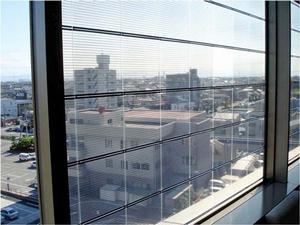Transparent solar cells are not a new concept, but due to the material problems of the semiconductor layer, this concept has been difficult to translate into practice. However, recently, scientists at Incheon National University in South Korea have developed an efficient and transparent solar cell by combining two potential semiconductor materials (titanium dioxide and nickel oxide).

Transparent solar panels greatly broaden the application range of solar energy. Transparent solar cells can be used in everything from mobile phone screens to skyscrapers and cars. The research team studied the application potential of metal oxide transparent photovoltaic (TPV) solar panels. By inserting an ultra-thin layer of silicon between two transparent metal oxide semiconductors, solar cells can be used in low-light weather conditions and can use longer-wavelength light. In the test, the team used a new type of solar panel to drive a fan motor, and the experimental results showed that electricity was indeed generated quickly, which is particularly useful for people to charge devices on the move. The main disadvantage of the current technology is relatively low efficiency, mainly due to the transparent nature of the zinc and nickel oxide layers. Researchers plan to improve through nanocrystals, sulfide semiconductors and other new materials.

In recent years, as countries around the world pay more attention to climate issues and accelerate the decarbonization process, the solar and outdoor power supply industries have become more and more popular. They can provide us with more green and environmentally friendly electricity, but also give us some new thinking about the development of new energy. Once the transparent solar cell is commercialized, its application range will be greatly expanded, not only on the roof but also as a substitute for windows or glass curtain walls, both practical and beautiful.

Post time: Jan-19-2021

